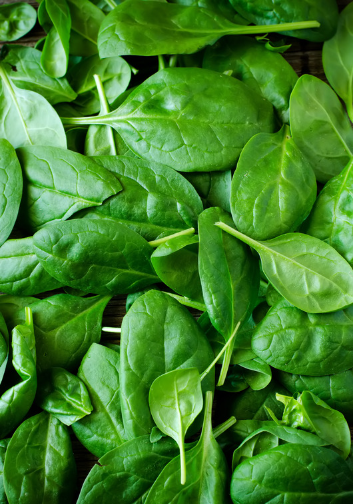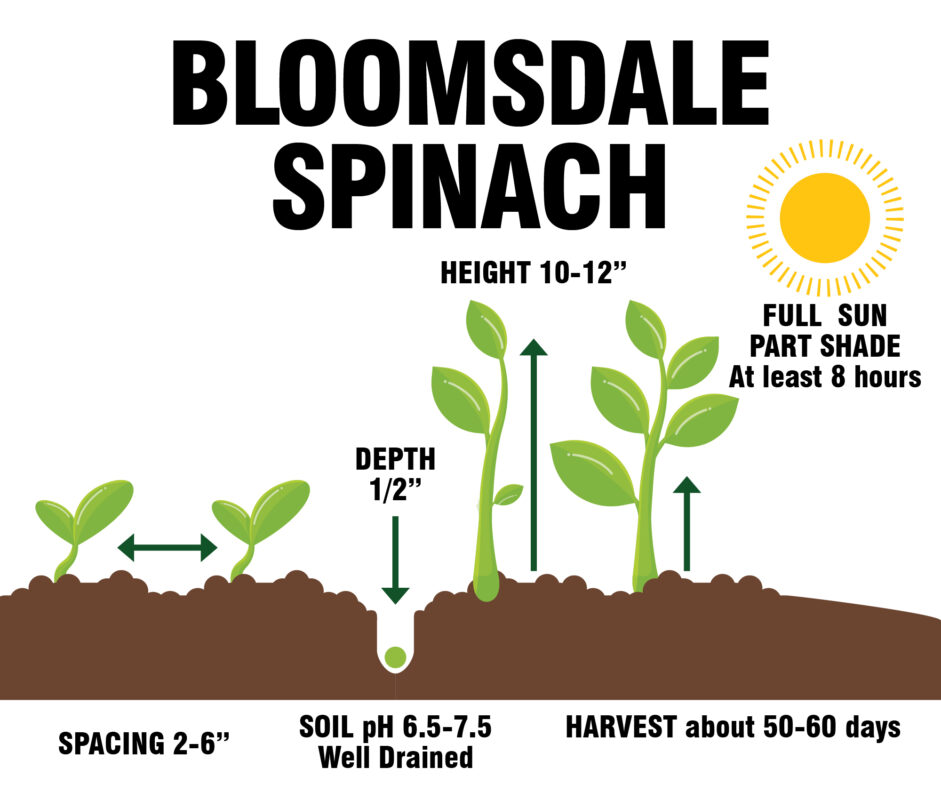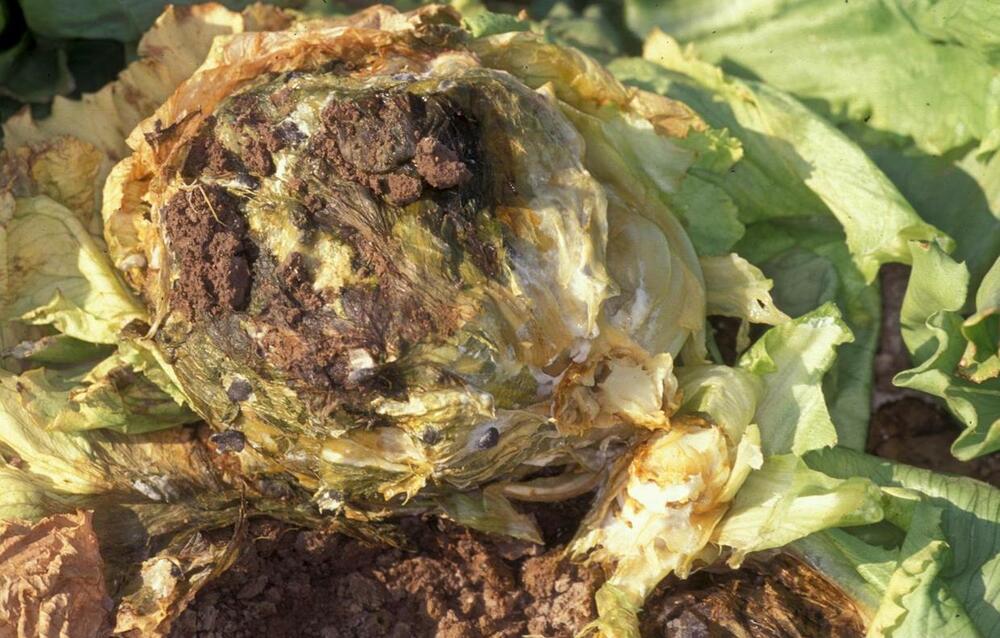Spinach (Spinacia oleracea) is an annual leafy green vegetable that grows best in cool weather. There are many different varieties of spinach that range in appearance. Often the leaves are smooth and medium to dark green in color. Spinach plants have an erect growth habit and will produce small yellow-green flowers on spikes in hot weather before going to seed. Spinach is fast-growing and can be ready to harvest in as little as one month after it’s planted as seed. In most climates, it grows best when planted in the spring or fall.

| Botanical Name | Spinach |
| Common Name | Spinacia oleracea |
| Family | Amaranthaceae |
| Plant Type | Annual, vegetable |
| Size | 6–12 in. tall and wide |
| Sun Exposure | Full sun, partial sun |
| Soil Type | Loamy, moist, well-drained |
| Soil pH | Acidic, neutral, alkaline (6.5 to 8) |
| Bloom Time | Summer |
| Hardiness Zones | 2–11 (USDA) |
| Native Area | North America, Central America, South America, Asia |

When to Plant?
This will be determined by your planting zone. There is a final frost date for each area. As a result, you can plan your gardening activities around this date. Check our Frost Dates Across North America: First & Last Frost Dates Chart. However, the date will not be the same for every plant.
How to Plant
As soon as you can work the soil in spring, sow seed ½ inch deep, 1 inch apart in rows 12 to 18 inches apart (or broadcast seed across a wider area). Thin to 2- to 6-inch spacings. Closer spacings can stress plants and cause them to go to seed (bolt) sooner.
Early planting is critical as dry soil, heat and lengthening days also encourage bolting. Later plantings benefit from some light shade from other crops. Follow early plantings with warm-season crops such as tomatoes or beans.
Make succession plantings every week or two until the average last frost date. Use bolt-resistant varieties for later plantings. Sow again in mid- to late summer for fall harvest.

How to Cultivate
Spinach is shallow-rooted and requires consistent moisture to prevent bolting. Water to keep soil moist. Mulch after plants are well established to maintain moisture and suppress weeks. Use floating row covers to prevent insect damage. Do not overfertilize with nitrogen. Only apply supplemental fertilizer if leaves are pale green. Add lime to make sure pH is at least 6.0. You should suspect that your soil is too acid if germination is poor and leaf tips and margins are yellow or brown. Plant in fall and mulch heavily for early spring crop.
How to Harvest
Spinach is ready for use as soon as it is edible size and it must be harvested before there is extensive yellowing, breakage and other leaf deterioration or the development of seed-stalks. Spinach for market is usually cut below the crown with a knife, taking care to keep the plants clean and to prevent undue breakage or bruising of the leaves. Spinach should be sorted to remove all yellow or damaged leaves before packing into baskets. If spinach is slightly wilted when packed, it will be less subject to breakage. Usually, spinach is washed, repacked, and iced at a central packing shed if it is to be shipped.
Hydroponics
Germination: Soak Bloomsdale spinach seeds in water for 24 hours before sowing. Place the soaked seeds in a small pot filled with a germination medium like rockwool or coco coir. Water the seeds regularly and keep the pot in a warm and well-lit area. The seeds should germinate in about 7-14 days.
pH range: The pH range for hydroponic Bloomsdale spinach should be between 6.0-6.5. Maintaining the correct pH level is important for the plants to absorb the necessary nutrients.
EC: The electrical conductivity (EC) level should be maintained at around 1.2-2.2 mS/cm for hydroponic Bloomsdale spinach. This helps to ensure that the plants receive the right amount of nutrients.
PPM: The parts per million (PPM) for hydroponic Bloomsdale spinach should be around 800-1600 ppm. This measures the concentration of nutrients in the water solution.
Humidity: The humidity level should be maintained at around 50-60% for Bloomsdale spinach to grow properly. This can be achieved by using a humidifier or by placing a tray of water near the plants.
Light hours: Bloomsdale spinach requires about 12-16 hours of light per day for optimal growth. You can use artificial lights like LED grow lights to provide the necessary light if natural light is not available.
Temperature air: The air temperature should be maintained at around 18-24°C (64-75°F) during the day and around 15-18°C (59-64°F) at night for Bloomsdale spinach to grow well.
Temperature water: The water temperature should be maintained at around 18-22°C (64-72°F) for hydroponic Bloomsdale spinach. This helps to ensure that the plants absorb the necessary nutrients.
Overall, growing Bloomsdale spinach hydroponically can be a rewarding experience, and following these guidelines can help you grow healthy and vibrant plants.



